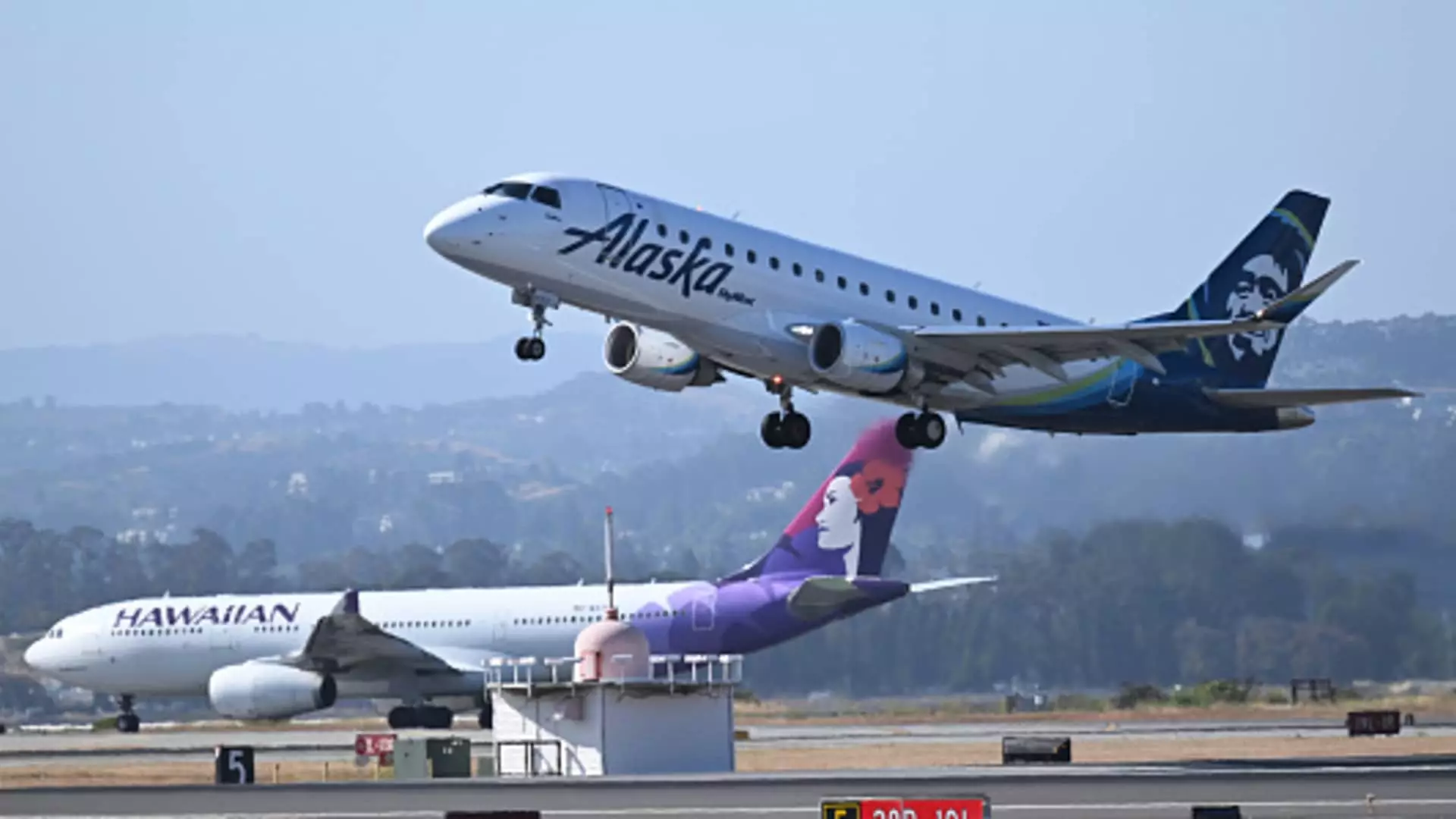Alaska Airlines recently announced that its plan to acquire Hawaiian Airlines has successfully cleared the U.S. Justice Department. This news comes after the antitrust regulators completed their investigation of the deal without filing a lawsuit to block the acquisition. The $1.9 billion agreement between the two carriers was announced eight months ago, marking a significant step towards their combined operations. The next step in the process involves obtaining approval from the U.S. Transportation Department before the deal can be finalized. While the exact duration of this approval process remains unclear, it is evident that the completion of the DOJ investigation is a crucial milestone for both airlines.
If the Alaska Airlines-Hawaiian Airlines deal goes through as planned, it would mark the largest merger among U.S. carriers since Alaska’s acquisition of Virgin America eight years ago. This merger trend within the airline industry has been notable in recent years, reshaping the landscape of commercial aviation. The DOJ’s recent ruling to block JetBlue Airways’ acquisition of Spirit Airlines and their intervention in the partnership between JetBlue and American Airlines underscore the regulatory scrutiny faced by such consolidation efforts. Despite the challenges associated with these mergers, airlines continue to pursue strategic partnerships to enhance their market position and operational efficiency.
In the lead-up to the agreement with Alaska Airlines, Hawaiian Airlines encountered various obstacles that impacted its financial performance. Factors such as the Maui wildfires, intensified competition from Southwest Airlines, and the sluggish recovery of travel to and from Asia following the Covid-19 pandemic contributed to Hawaiian’s struggles. Despite facing net losses in multiple quarters since 2020, the airline’s executives remain optimistic about improving booking trends. This optimistic outlook is reflected in Hawaiian’s stock performance, with shares rising substantially compared to other airlines in the same period.
Upon announcing their deal in December, Alaska and Hawaiian Airlines outlined their intention to maintain both brands while operating under a unified platform. This strategic approach aims to leverage the combined strengths of the two carriers, creating a fleet of over 360 aircraft serving more than 130 destinations. As the approval process progresses, both airlines are poised to navigate the complexities of integration while capitalizing on the synergies that their partnership offers. The successful completion of the acquisition would position Alaska and Hawaiian Airlines for sustained growth and competitiveness in the evolving airline industry landscape.
The approval of Alaska Airlines’ acquisition of Hawaiian Airlines by the U.S. Justice Department marks a significant milestone in the journey towards consolidation in the airline industry. As the two carriers move forward with their integration plans, they must navigate regulatory requirements and operational challenges to realize the full potential of their partnership. This development underscores the dynamic nature of the aviation sector, where strategic alliances and mergers continue to shape the competitive dynamics of the market.

